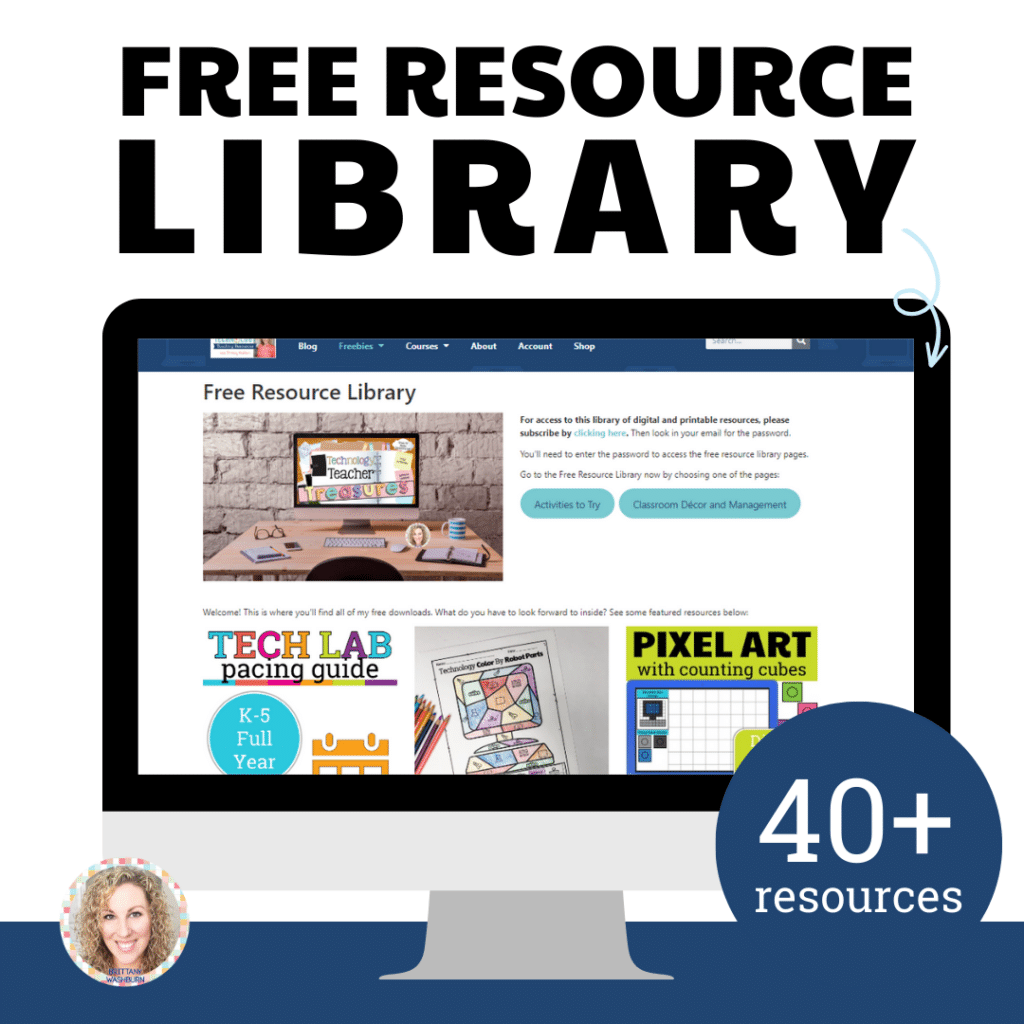Up and Coming Educational Technology Trends
Up and Coming Educational Technology Trends
Modern education is influenced by the technological development as well as other industries. No wonder innovative technologies change the way we used to learn and that happens incredibly quickly. Let’s see what major technologies will define the future of modern education and in what way.
The Internet of Things (IoT)
The Internet of Things (IoT) consists of “objects endowed with computing power through processors or embedded sensors that are capable of transmitting information across networks.” When applied to student learning and campus activity, it can inform the direction of content delivery and institutional planning: “Institutions are partnering with industry to provide students with hands-on experiences designing and building IoT devices, equipping them with the skills to meet workforce needs.”
Virtual Classrooms
Distant learning continues to get popularity, and virtual classrooms play an important role in the modern way of learning. A virtual classroom is an online tool or a part of the learning platform that provides students with course materials, home assignment, assessment tests as well as means to communicate and discuss the topics. They might also be connected with social media as well as be an integral part of LMS. Virtual classrooms allow students to be a part of the learning environment and get instructions from the teacher. Being a kind of
distant education, they are provided with contemporary synchronous technologies like web conferencing, lifestreaming, VoIP, etc. That guarantees real-time discussions that are as effective as learning in customary classrooms.
Virtual Reality
Delivering deeper engagement than a traditional textbook, virtual reality inside the classroom promotes content-rich learning and social interaction. It provides a context for learning because the visual element of virtual reality enhances the relationships between concepts and information much better than reading alone.
Tools like Google Cardboard are both a platform and a product to experience and encourage interest in virtual reality.
Augmented Reality
Witness the cult-like popularity of Pokémon Go. Augmented reality, which superimposes digital content, including hologram images, onto a user’s view of what they see is still relatively new. Unlike virtual reality, it allows the user to ‘maintain control’ of their environment by seeing the real world around them.
Improvements in the performance and cost of solutions like Microsoft HoloLens (think first generation iPod versus latest iPod) will help drive this technology into the mainstream.
Wearable Technology
Perhaps the least educationally applicable but most complex technology of the New Media Consortium (NMC) report is wearable technology. Google’s “Project Glass” is one of the most talked-about current examples. One of the most promising potential outcomes of wearable technology in higher education is productivity: tools that
could automatically send information via text, e-mail, and social networks on behalf of the user – based on voice commands, gestures, and other indicators – that would help students and educators communicate with one another, keep track of updates, and better organize notifications.
While no one can ever predict the future with absolute accuracy, educators can plan for likely outcomes. There are also massive opportunities to embrace the potential of new and emerging technologies within education. There is no denying that the ability to deliver accessible education for all, that is meaningful and relevant to the future workplace, will be crucial.



